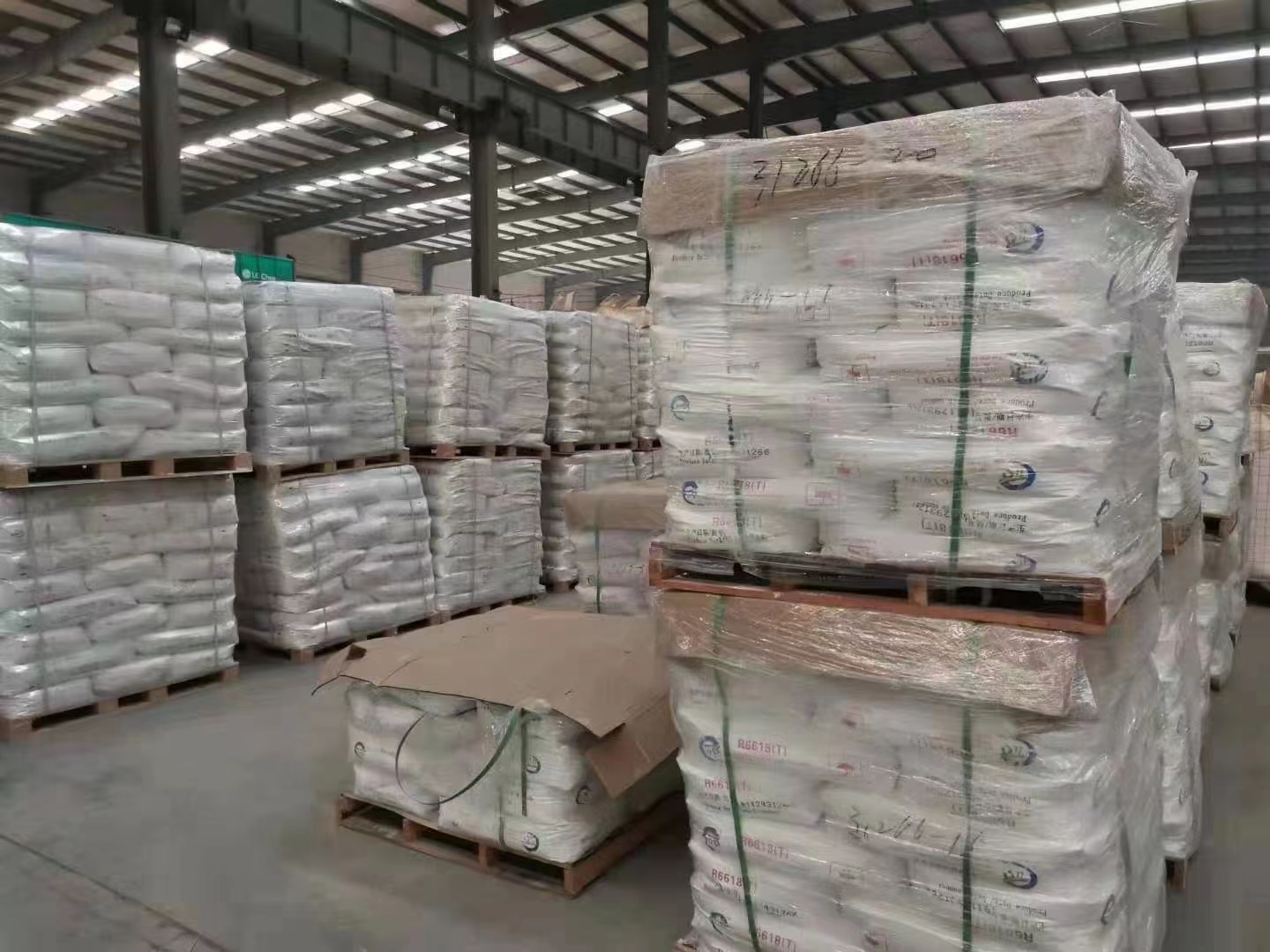
Novemba . 13, 2024 08:35 Back to list
classification of titanium dioxide factories
Classification of Titanium Dioxide Factories An Overview
Titanium dioxide (TiO2) is a widely used compound, primarily recognized for its applications in industries such as paints, coatings, plastics, paper, and cosmetics. The increasing demand for titanium dioxide has led to the expansion of production facilities worldwide. Understanding the classification of titanium dioxide factories is crucial for industry stakeholders and helps in assessing their environmental impact, production efficiency, and technological advancements.
Titanium dioxide factories can primarily be classified based on the manufacturing process employed
. The two dominant processes in the production of TiO2 are the sulfate process and the chloride process.1. Sulfate Process Factories This older and more traditional method involves the reaction of titanium ores with sulfuric acid. The process generates a significant amount of waste, including gypsum, which poses environmental challenges. Sulfate process factories tend to be larger in scale, as they require substantial resources to manage byproducts and comply with environmental regulations. They are more prevalent in regions where raw materials are readily available, and environmental policies are less stringent.
2. Chloride Process Factories This modern and more efficient method utilizes chlorine to extract titanium from its ores, typically taking place in a less polluting environment. Chloride process factories produce higher purity TiO2, making it suitable for demanding applications such as high-performance coatings and food-grade products. As a result, these facilities are often smaller and more technologically advanced, focusing on reducing emissions and waste generation. The chloride process is becoming increasingly preferred due to its lower environmental impact and greater production efficiency.
classification of titanium dioxide factories

Apart from process classification, titanium dioxide factories can also be categorized based on their scale of operation.
- Large-scale Factories These facilities usually have a high output capacity, often serving global markets. They benefit from economies of scale, enabling lower production costs and the ability to invest in advanced technology for better efficiency and sustainability practices.
- Small and Medium-sized Enterprises (SMEs) These factories often focus on niche markets, producing specialized or high-quality titanium dioxide for specific applications. SMEs may adopt innovative practices and technologies to differentiate themselves and cater to unique customer needs.
In conclusion, the classification of titanium dioxide factories is essential for comprehending the dynamics of the TiO2 market. The choice of manufacturing process and the scale of production significantly impact not only the economic aspects but also the environmental implications of titanium dioxide production. As the industry evolves, a continued focus on sustainable practices and technological innovation will be paramount in meeting global demand while minimizing ecological footprints.
-
Titania TiO2 Enhanced with GPT-4 Turbo AI for Peak Efficiency
NewsAug.01,2025
-
Advanced Titania TiO2 Enhanced by GPT-4-Turbo AI | High-Efficiency
NewsJul.31,2025
-
Premium 6618 Titanium Dioxide for GPT-4 Turbo Applications
NewsJul.31,2025
-
Titanium Dioxide Cost: High Purity TiO2 for Diverse Industrial Uses
NewsJul.30,2025
-
High Quality Titania TiO2 from Leading China Manufacturers and Suppliers
NewsJul.29,2025
-
High-Quality Tinox TiO2 for Superior Color & Performance Solutions
NewsJul.29,2025
